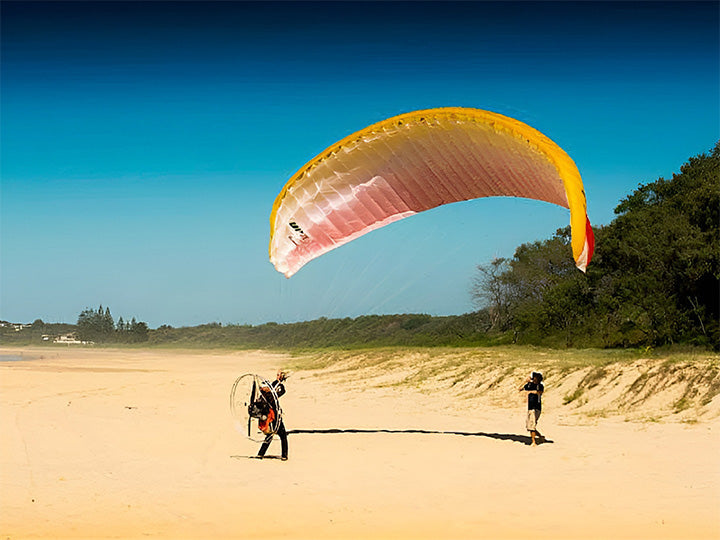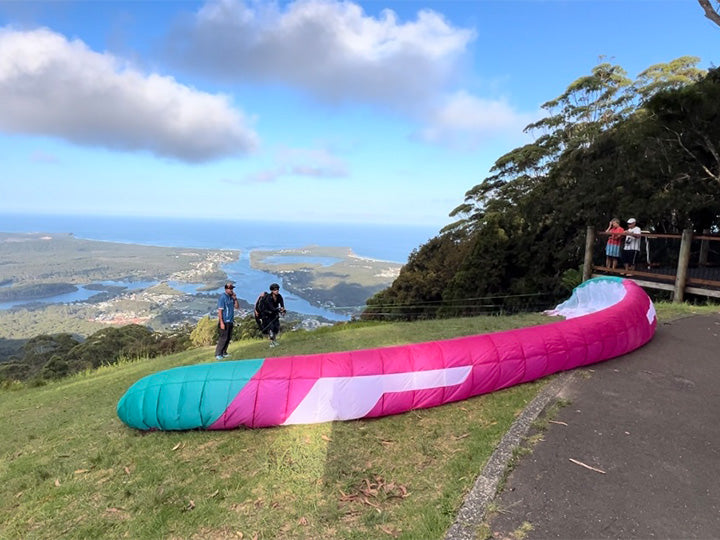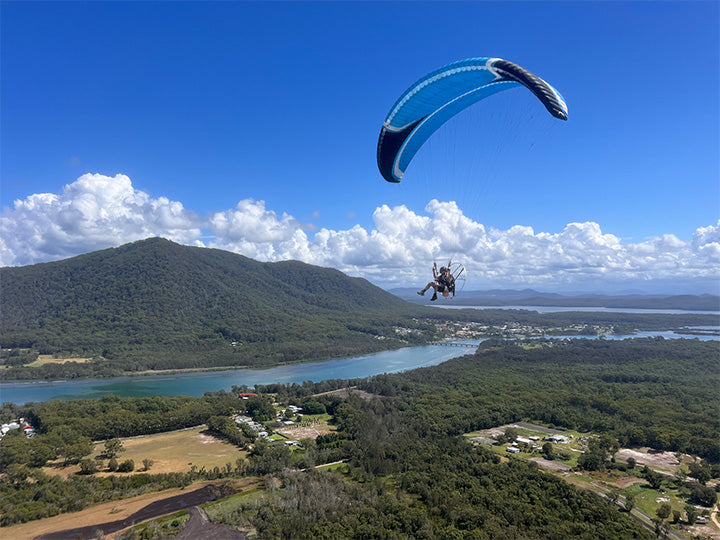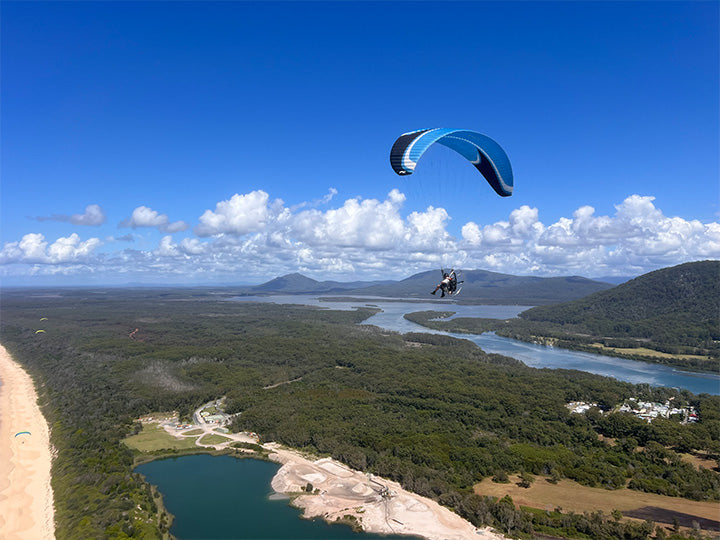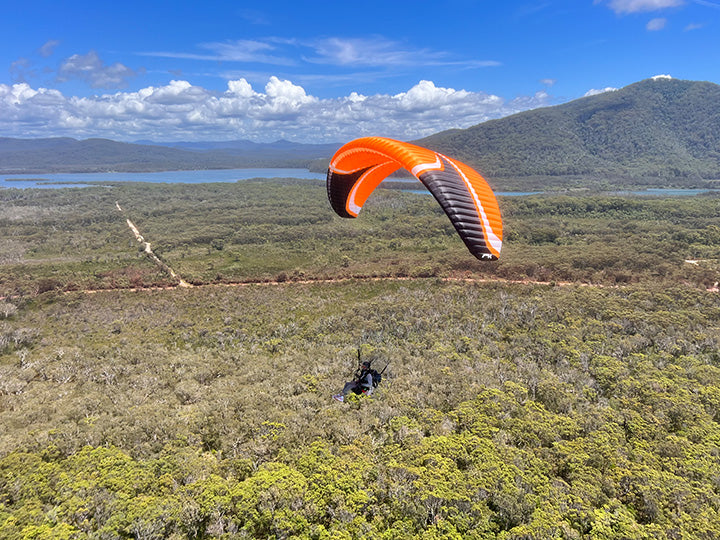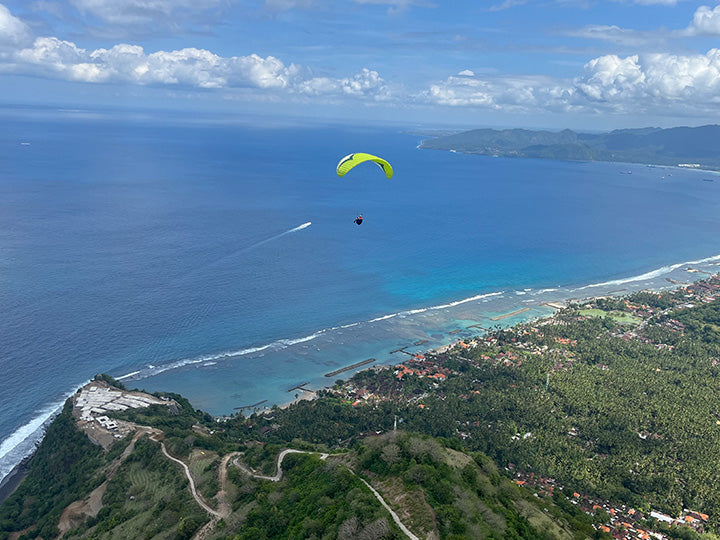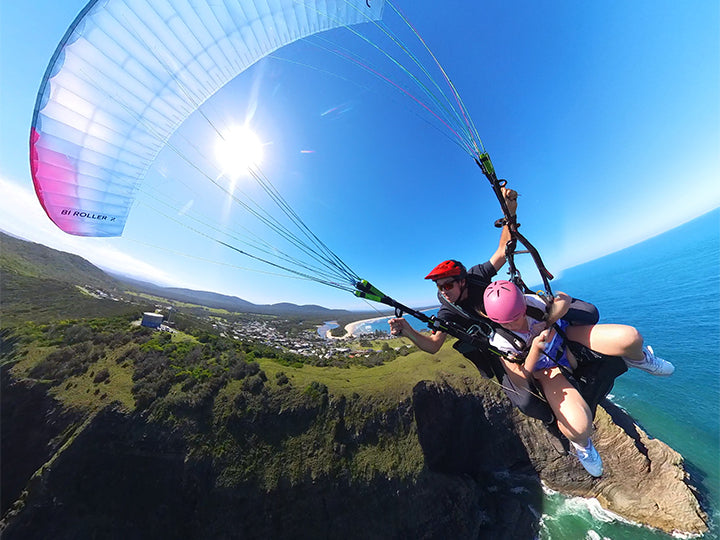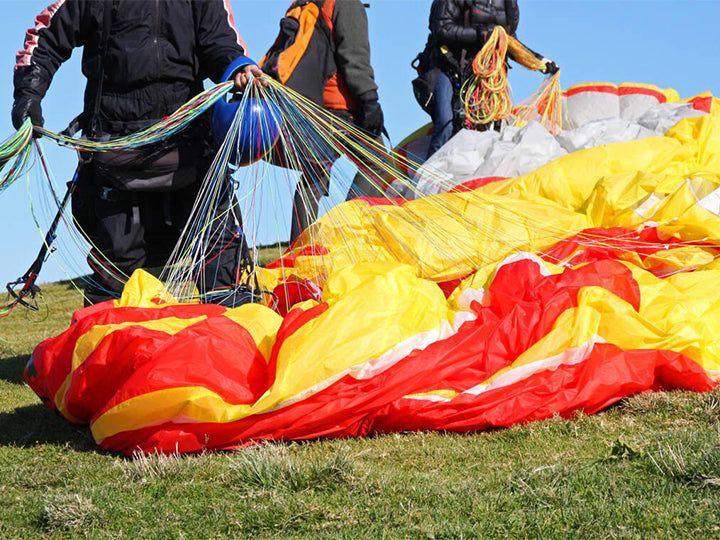How Long Does It Take To Learn Paragliding?
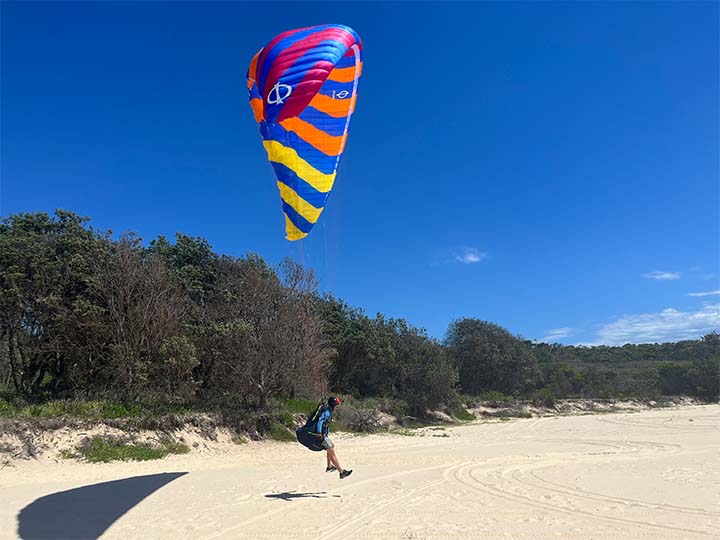
Learning paragliding is a journey filled with excitement, challenges, and unparalleled freedom. Many aspiring pilots ponder, "How long does it take to learn paragliding?" This guide aims to answer that question, offering insights into the process and what you can expect as you begin on this thrilling adventure.
The Basics of Paragliding Training
Understanding the Timeline
The journey to becoming a proficient paraglider typically spans several weeks to months. Most beginners can expect to spend anywhere from 8 to 12 days in initial training to achieve basic certification, which allows them to fly solo under specific conditions.
Key Components of Training
Training courses are designed to equip you with essential skills, including launch techniques, in-flight manoeuvres, and safe landing practices. These sessions are often interspersed with theoretical lessons on weather conditions, equipment maintenance, and navigation.
Choosing the Right School
Selecting a reputable paragliding school is crucial. Look for certified instructors and programs that offer a comprehensive curriculum. This choice significantly influences your learning pace and safety.
Equipment and Gear
Investing in Quality Gear
While schools typically provide equipment for beginners, owning your gear becomes imperative as you progress. Investing in a high-quality wing, harness, and helmet is essential for safety and comfort.
Maintenance and Upkeep
Regular maintenance of your paragliding equipment ensures longevity and reliability. Learning to inspect and care for your gear is integral to the training process.
Safety Measures and Risk Management
Understanding Weather Conditions
Weather plays a significant role in paragliding. Reading weather conditions and making informed decisions is vital for safe flights.
Emergency Procedures
Training includes mastering emergency procedures, such as deploying the reserve parachute and executing controlled descents. These skills are crucial for handling unexpected situations.
Advancing Your Skills
After achieving basic certification, many pilots pursue advanced courses to tackle more challenging conditions and improve their techniques. Depending on your commitment and location, this phase can take several months to years.
Mastering the Art of Thermalling
The Essence of Thermalling
Thermalling is a skill that allows paragliders to extend their flight by utilising rising air currents, known as thermals. Mastering this technique is crucial for long-distance flights and requires patience, practice, and a deep understanding of weather patterns.
Tips for Effective Thermalling
Start by flying in mild conditions to build your skills gradually. Recognising signs of thermals, such as birds circling or changes in cloud formations, can significantly enhance your ability to find lift.
Joining a Community
Becoming part of a local paragliding community or club offers valuable opportunities for learning, mentorship, and enhancing your flying experiences.
Ready to spread your wings and learn paragliding? High Adventure awaits with top-notch training, expert guidance, and breathtaking experiences. Join us now and transform your dreams into reality!
Frequently Asked Questions
How fit do I need to be to start paragliding?
Basic fitness is sufficient for paragliding. You should be able to run short distances and carry your equipment, but extensive physical strength is not required.
Can I learn paragliding at any age?
Individuals of all ages can enjoy paragliding, provided they are in good health and have no severe restrictions. Minors may need parental consent to enrol in training courses.
What is the best time of year to start learning?
Spring and autumn offer ideal conditions for beginners, with stable weather and moderate winds. However, training is available year-round in some locations.
How can I prepare for my first lesson?
Familiarise yourself with basic aerodynamics and paragliding principles. Also, ensure you have the appropriate clothing and protective gear for the weather.


